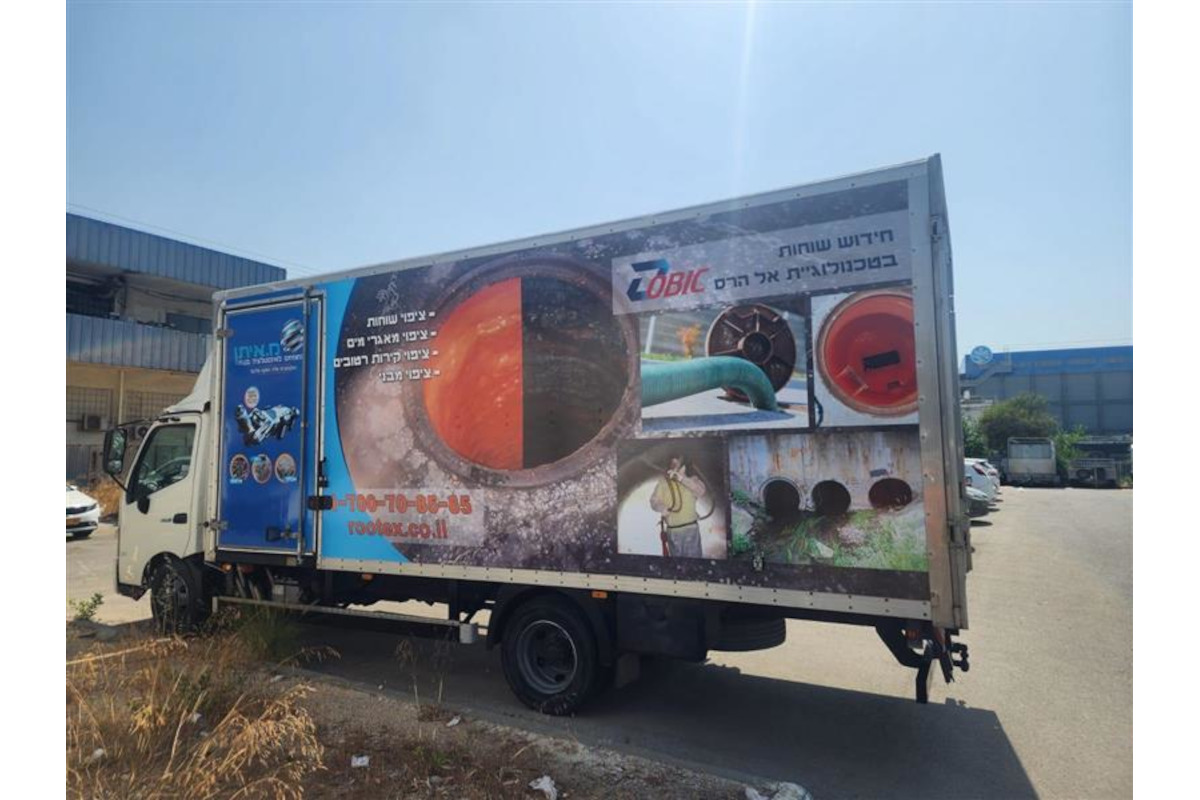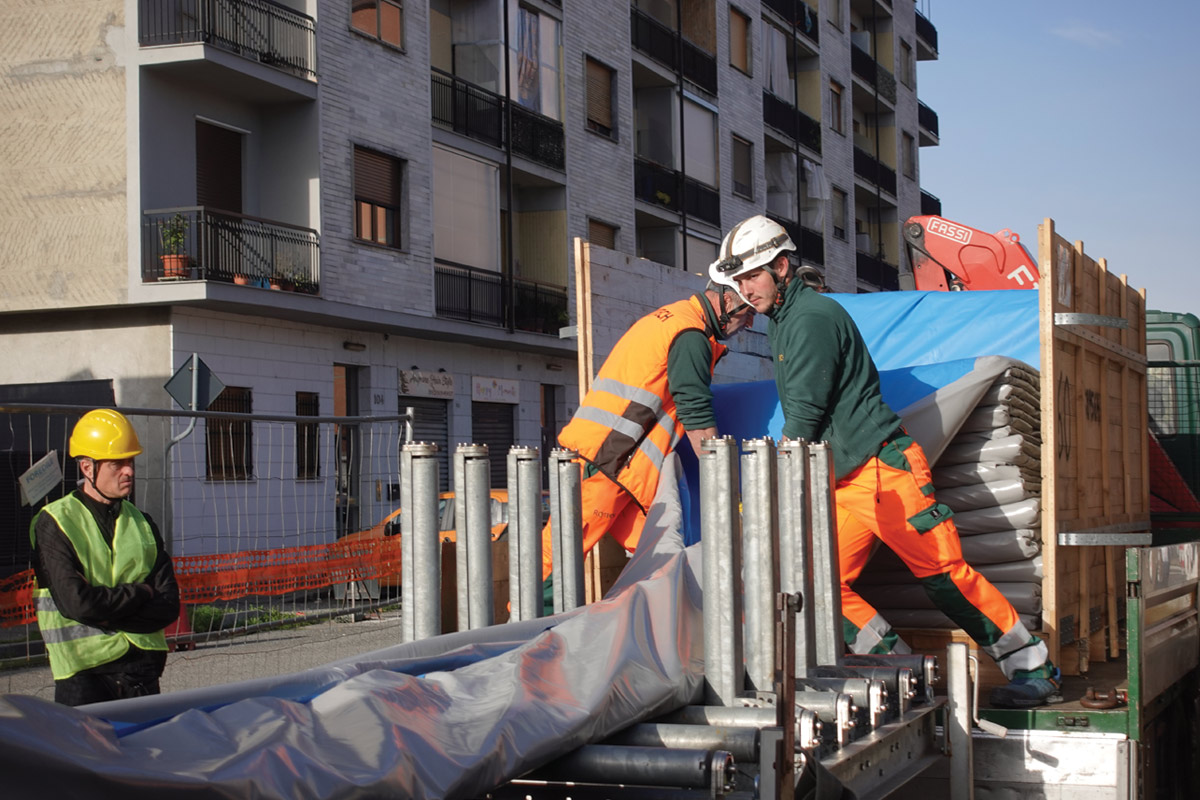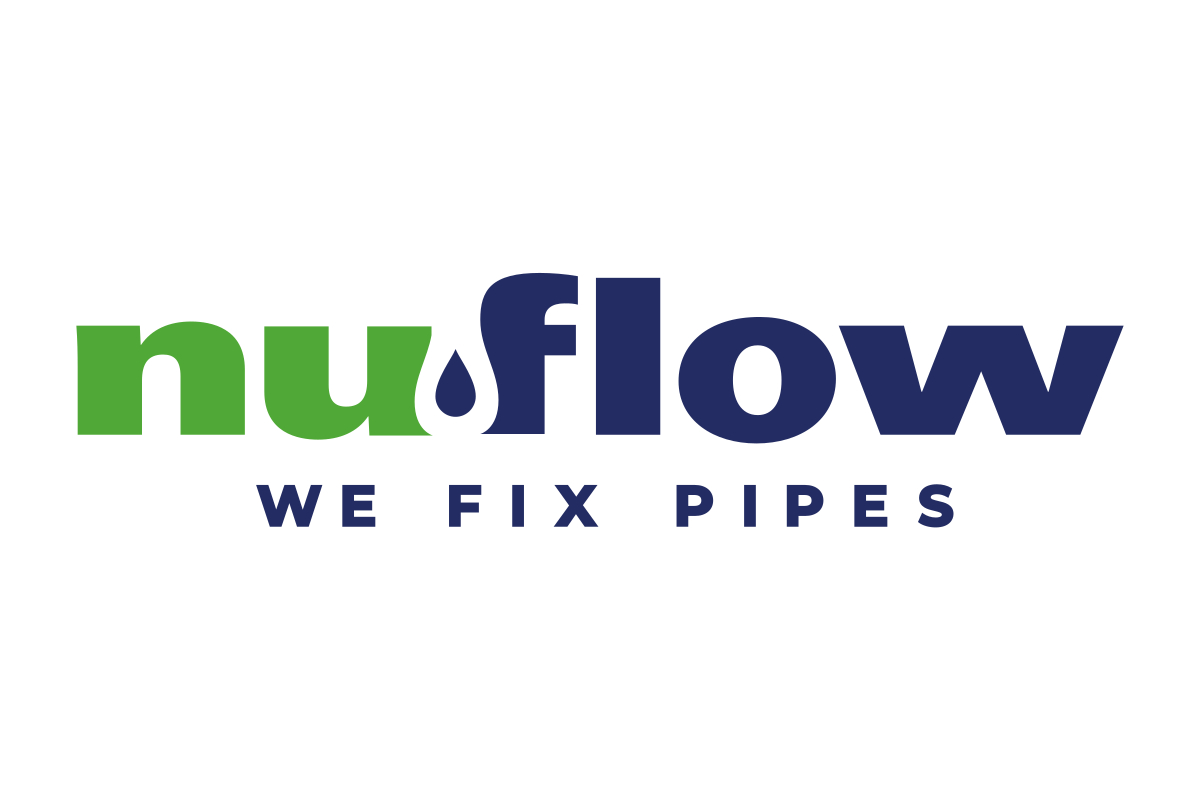Working in Manhole Shafts & in Sewers Demands Extra Care with Safety Issues

In particular, when operatives enter the sewerage system, it is vital to observe very high safety standards. Unfortunately, as in all areas of operations, here too the rules are often ignored. Where accidents are relatively rare, carelessness creeps in, leading to a growing number of serious injuries and even deaths.
Wherever working inside the shaft or sewer can be limited as far as possible, or even avoided altogether, while maintaining high safety standards, then risk to the workforce is kept to a minimum.
There are many methods currently available for rehabilitating sewer shafts. The principal method is to coat the shaft with cement-based mortar. The techniques are described in DWA’s leaflet M 143-17, and the specifications for the mortars in GSTT’s Information sheet nº 18. A DIN standard is in preparation, to be called DIN 19573. It will be based on EN 1504. DWA M 143-17 covers coating by hand, the wet spray technique and the centrifugal spray procedure. The M-COATING centrifugal spray process developed by Hermes Technologie of Schwerte is the only such process to have achieved DiBt approval. This process, which is also approved for use in drinking water protection zone, comprises cleaning, sealing off leaks, injection even in the worst cases of erosion or groundwater infiltration, and coating.
M-COATING: Cleaning with the Highest Safety Standards
In the M-Coating procedure, Hermes Technologie offers fully automated shaft cleaning using high pressure water jets and, in the latest version, fully automated sand-and-water blasting. This technique removes the need to go into the shaft in order to perform the blast-cleaning procedure. The whole operation is set up and observed from above, outside the shaft. Although the operator is not in close proximity to the jet nozzles and hence not in a confined space, nevertheless he wears protective goggles against small flying stones and follows the UV regulations as prescribed. When jetting at high pressure, a lance of length 70 cm is stipulated. It is also true that blast-cleaning is best when the jet strikes at right angles. It is questionable whether this is feasible in a 100 cm diameter shaft without using the M-Coating apparatus and its components.
In practice, operators decide on what they suppose is a good position to work from, shorten the lance, work inside the shaft and so constantly break the UV safety rules. Moreover, jet-blasting inside the shaft means that it is not possible to take measurements of gas levels: there is no equipment that can continue to function in the presence of such large amounts of water. By taking this approach, the operator – and with him, his site manager and his employer – is running an incalculable risk. The contractor scheduling the work is liable because it is assumed that he knows that the work is not being carried out in compliance with the rules.
Where the M-Coating system with the TSSR or the HDS jet is used, the picture is completely different. Cleaning is automated and is directed from above, outside the shaft. Thus it is possible nowadays for shaft-cleaning to be carried out without operators being sent into the shaft. Questions of liability no longer arise for the site manager and the contractor.
Shaft Coating with the Same High Safety Standards

It is nearly always the case that sickness in the workplace is only recognized as an industrial disease after it has around for many years, many employees have fallen ill and the law has become involved. Prudent employers must take this into account and from the outset plan techniques and materials that are not a cause for concern because employees are never exposed to immediate danger. If user-friendly equipment like the M-Coating system is adopted, there is an immediate benefit in terms of the employees’ working conditions, which is the first step towards excellent quality assurance! When working conditions reflect high technical standards, workers make fewer mistakes. They do not tire so quickly and are still working accurately after 8 hours. Even older workers can perform skilled tasks in difficult situations such as manhole shafts. It is difficult to send a 62-year-old employee into a shaft to coat it, but he can easily supervise operations from the top, since everything is automated. The M-Coating system means that this employee can continue to work up to 67.
To give a clearer comparison of the various systems, we have set out the safety aspects involved, in Table 1.
A comparative rating of shaft renovation systems: the techniques contrasted.
| Ratings: | |||
| – – = poor + = good – = suitable to only a limited extent |
+ + = very good N = satisfactory |
||
|
Criteria
|
Manual Method
|
Spray coating (Dense flow)
|
>M-Coating System
|
| Requirements | Electricity – water High pressure cleaner |
Electricity – water High pressure cleaner |
Water |
| Rating |
N
|
N
|
++
|
| Effort involved in cleaning structure | High, labour intensive and high risk | High, labour intensive and high risk | Very low,automated and safe |
| Rating |
—
|
—
|
++
|
| Operational Safety Rating | Critical, long time spent in shaft | Critical, long time spent in shaft | High level of safety, short time spent in shaft |
| Rating |
–
|
–
|
++
|
| Complexity of Operation | Simple, but time-consuming and requires experience | Jetting certificate and experience required | Simple, since automated |
| Rating |
+
|
N
|
++
|
| Bonding coat | Essential | Not required – occurs as part of process | Not required -occurs as part of process> |
| Rating |
–
|
++
|
++
|
| Application of material | Wet-on-wet on bonding coat, so stress factor | Steady application requires experienced operators | Automated control, therefore simple |
| Rating |
—
|
+
|
++
|
| Evenness of coating | Requires experienced operators | No problem for experienced jet- operators | Automated control |
| Rating |
N
|
+
|
++
|
| Surface finish | Smooth, looks attractive | Rough sprayed finish, looks satisfactory | Orange-peel, looks good |
| Rating |
++
|
N
|
_
|
| Material consumed | Optimal where staff are experienced | Almost optimal given low rebound (approx >5%) | Close to optimal, rebound limited by system to approx 2 % |
| Rating |
++
|
+
|
+
|
| Choice of material | Wide choice, many manufacturers | Wide choice, many manufacturers | Only using thewide range of ERGELITmaterials |
| Rating |
++
|
++
|
+
|
| Follow-up treatment | Min. 3 days, better 7 days | Min. 3 days, better 7 days | Min. 3 days, better 7 days |
| Rating |
N
|
N
|
N
|
| Areas of application | All types of structure, smaller surface areas | All types of structure | Circular structures,and rectangular upto a L:B ratio of 1:1.5 |
| Rating |
+
|
++
|
+
|
| Shaft diameter | > 0.8 m | > 1.00 m | > 0.5m to < 3.00m |
| Rating |
+
|
++
|
+
|
| Possible profiles | Any possible | Any possible | Any possible, but manual finishing may be required in some cases |
| Rating |
++
|
++
|
+
|
| Depth of structure | Any possible, with scaffolding, safety measures and ventilation | Any possible, with scaffolding, safety measures and ventilation | From 0-30 m withoutany additional facilities |
| Rating |
N
|
N
|
+
|
| Staffing required | Min 2-3 operators | Min 2-3 | 2 |
| Rating |
N
|
N
|
+
|
| Need to clean up tools & equipment | Low | High | High |
| Rating |
+
|
–
|
–
|
| Cost of purchasing tools and equipment | Low | High | High |
| Rating |
+
|
–
|
–
|
| Quality of execution | Depends on staff, can vary | Depends on staff, can vary | Quality constantsince processautomated |
| Rating |
–
|
–
|
++
|
| Analysis of over-all ratings | Manual Method + = 16 N = 5 – = 7 |
Spray coating (Dense flow) + = 13 N = 6 – = 6 |
M-Coating System + = 24 N = 1 – = 2 |
Conclusion

The observations contained in the text and ratings table above highlight safety aspects. Safety in the workplace is a matter of economics. Industrial accidents create unforeseen and incalculable costs in terms of sick days, delays and missed deadlines. When choosing an operating method, the possibly higher outlay should not deter one from opting for modern, machine-aided techniques. Shaft rehabilitation is the M-Coating system’s speciality, no other technique offers so many advantages when it comes to rehabilitating and recoating shafts. The slightly higher outlay compared with conventional methods is justified by the efficiency, quality and high safety standards provided.
In addition, it must be borne in mind nowadays that employees in the workplace are getting older. Automation is the key to maintaining their operational efficiency.
This article was submitted by Hermes Technologie Ltd., which is headquartered in East Sussex, United Kingdom.




